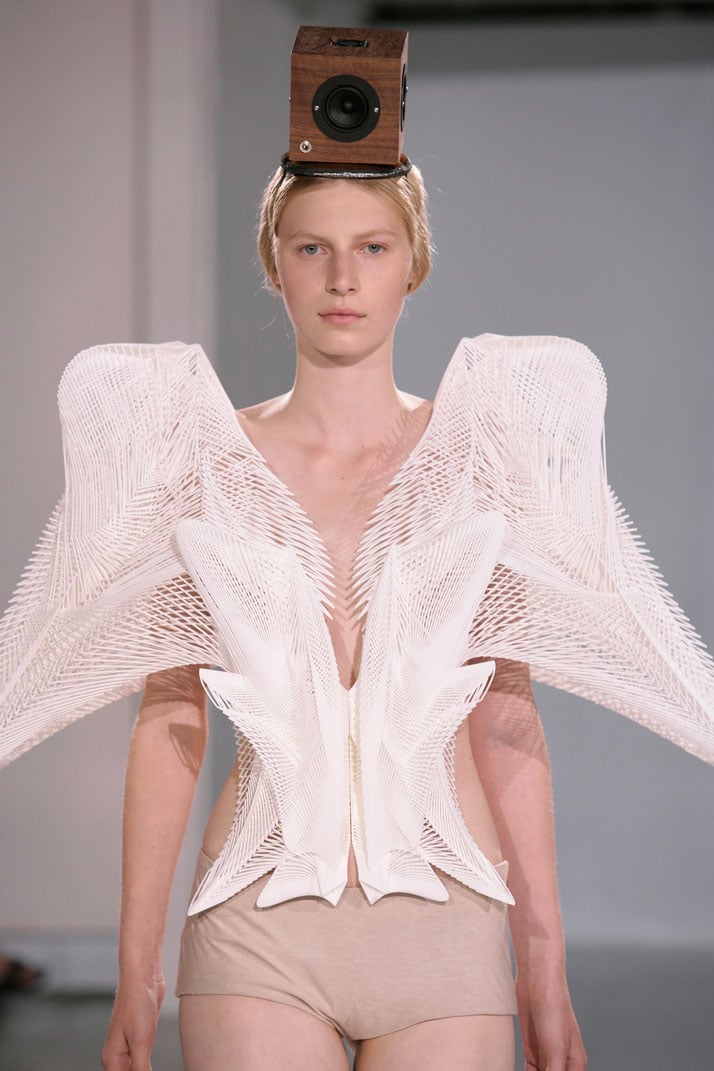Last year i bougth a couple of vintage fur hat for recycling... In order to make real fur hat ,with real fur recycled of course . you need to have atleast these tools:
furrier cutter,fur machine,canvas,ventilate hot dry air.
Cutting fur "shell" hat for a block in 3d combine wth the part and lenght of the hair .
I finally find two head of Allbook & Hashfield fur machine for the price of a hat .
I haven't touch a fur machine since 1992 ...and fur machines are very precise and requier more specific knowledge to operate them .
I made two first hats and i need to get threads and needles to make a professional quality work .
Threads
# 140 *
# 120* Mink, Sable, Cinchilla, Fitch, Fisher, Ermine, Stonemarten
# 100* Fox, Red Fox, Blue Fox, Silver Fox, Raccoon, Weasel, Kolinski, Marmot, Muskrat, Nutria, Opossum, Pahmi, Squirrel, Otter, Lynx, Laska, Mole
# 90 Rabbit, Lamb, Persian Lamb, Raccoon, Wolf, Opossum, Gou-Pee, Marmot, Squirrel, Pahmi, Wild Cat, Kid Skin, Leopard, Goatskin, Badger
# 70 Rabbit, Gou-Pee, Wild Cat, Kid Skin, Goat Skin
# 60 Rabbit, Gou-Pee, Wild Cat, Kid Skin, Goat Skin, Lamb, Sheep, Sheered Sheep Skin Plates and Rugs
Needles
# 120 Glace Cotton 11,000 meters
35 40
22 21
# 100 Glace Cotton 11,000 meters
45 50 55
20 19 18
# 90 Glace Cotton 11,000 meters
55 60 65
18 17 16
# 80 Glace Cotton 11,000 meters
55 60 65
18 17 16
# 70 Glace Cotton 11,000 meters
65 75 85
16 14 12
# 60 Glace Cotton 11,000 meters
65 75 85
16 14 12


















































